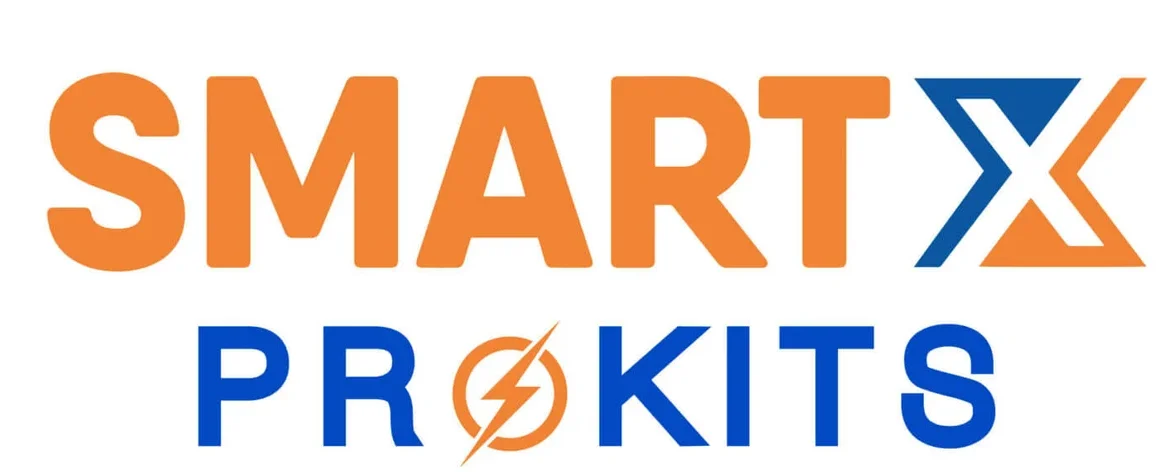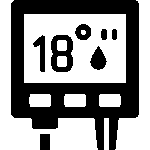Low Voltage Home Automation Power: Troubleshooting & Fixes

The Problem :
Low voltage in home automation systems can lead to devices malfunctioning or failing altogether. Smart home devices like sensors, relays, and Wi-Fi modules often operate at 3.3V or 5V, but inconsistent power can cause unreliable performance.
The Solution :
If your Wi-Fi module or relay board resets frequently or fails to respond, it’s often due to a voltage drop. The most effective solution is to use a step-down buck converter to regulate the input voltage. For instance, if you’re using a 12V adapter for your system, a buck converter can bring the voltage down to 5V, ensuring stable power.
Practical Example :
Imagine powering an ESP8266 Wi-Fi module directly from a 12V source. Since the module works at 3.3V, without proper regulation, it overheats or resets. Adding a DC-DC buck converter (e.g., LM2596) solves this by stepping down the voltage to 3.3V or 5V as needed.
Simple Calculation :
To choose the right resistor to drop voltage for an LED indicator:
Input Voltage: 5V
LED Forward Voltage: 2V
Desired Current: 20mA
Resistor Value : R=0.02A5V−2V=150Ω
Recommended Components :
Check out reliable buck converters and voltage regulators at SmartXProKits.
Shop now to power your home automation setup efficiently.
Support our work and India’s innovation—buy from our Make in India site!




















